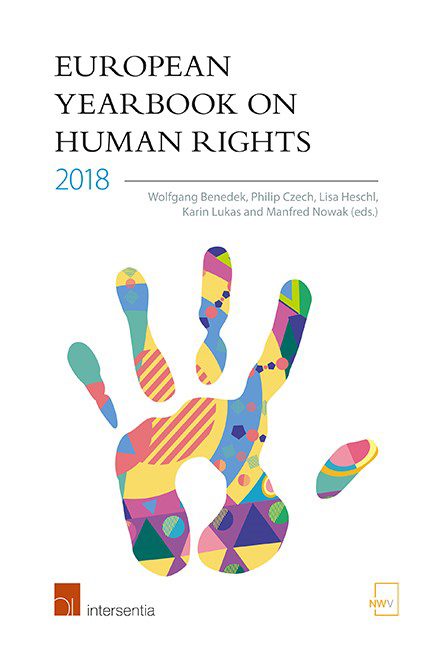The Vanishing Constitution
from Part I - Topic Of The Year
Published online by Cambridge University Press: 31 January 2019
Summary
ABSTRACT
In Poland, the constitutional crisis continues. The crisis was initiated in autumn 2015 by the combination of three elements: resolutions of the Parliament infringing the law, the President of the Republic and the President of the Council of Ministers. The constitutional crisis concerned the election by the Parliament of three judges of the Constitutional Tribunal to replace the judges already duly elected, the President‘s refusal to swear in the original three judges of the Constitutional Tribunal and the refusal of the Prime Minister to publish the judgments of the Constitutional Tribunal. The Acts passed in 2015 and 2016 regulate the Constitutional Tribunal in a way that is to be considered as violating the Constitution. The Constitutional Tribunal lost its role as the guardian of the Constitution. Further, the Parliament, in violation of the Constitution, made changes in the organisation and structure of the Supreme Court, inter alia, forcing more than 30 % of the judicial membership into early retirement or interrupting the constitutionally-guaranteed six – year term of office of the First President of the Supreme Court. Furthermore, the new regulation regarding the National Council of the Judiciary has encroached on the term of office of the Council‘s judicial members. Moreover, this reform set in motion a process of politicisation of the Council because its new judicial membership was appointed by the Parliament and not – as formerly required – by the assemblies of judges of particular judicial orders. These, as well as many other regulations, indicate a process of a ‘ hostile takeover ‘ of the constitutional order by changing the constitutional order through ordinary legislation: the parliamentary majority does not have the qualified majority required to formally change the Constitution of the Republic of Poland. The regulations discussed above violate the basic tenets of the rule of law and have become the subject of an unequivocally negative reaction of international organisations and authorities (the European Union (EU), the Council of Europe (CoE), and the United Nations (UN)) as well as associations representing general and constitutional courts.
THE CONTEXT OF THE CONSTITUTIONAL CRISIS
It is somewhat puzzling that there should be a phenomenon of a social movement protecting the constitutional order after the Constitution of the Republic of Poland has been in force for 20 years.
- Type
- Chapter
- Information
- European Yearbook on Human Rights 2018 , pp. 3 - 44Publisher: IntersentiaPrint publication year: 2018
- 2
- Cited by



